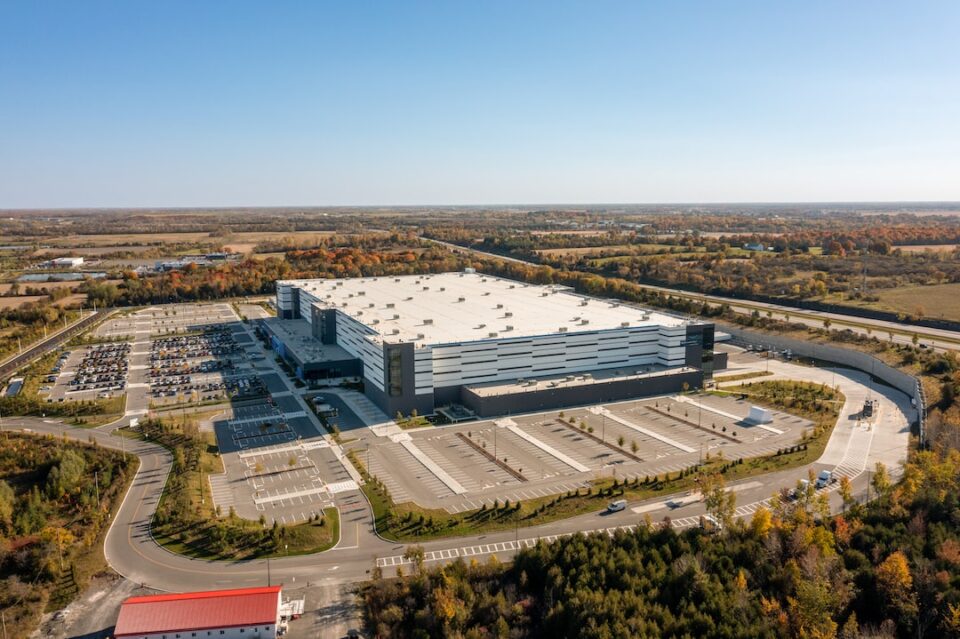As the world continues to navigate through the pandemic era, e-commerce has become an increasingly essential part of our daily lives. With online sales increasing rapidly, businesses are looking to capitalize on the e-commerce boom in the coming year. As we approach the final stretch of 2020, let’s dive into the top e-commerce trends to watch for in 2021.
1. More Personalized Experiences
In 2021, we’ll see e-commerce businesses place a greater emphasis on personalized experiences for their customers. With the help of advanced technology and customer data, companies can now tailor their marketing strategies to provide a more personalized experience for consumers. This involves customizing everything from product recommendations to email campaigns based on a customer’s interests and behavior.
2. Rise of Social Commerce
Social media has become an integral part of our lives, with more than 3 billion users worldwide. The popularity of social media platforms has sparked a new era of e-commerce marketing: social commerce. This trend involves using social media platforms to sell products directly to customers. The integration of shopping features on platforms like Instagram and Facebook has made social commerce more seamless, intuitive, and accessible.
3. Interactive Content
In a world where consumers are bombarded with promotional campaigns, highly engaging and interactive content can differentiate a brand’s e-commerce site from its competitors. In 2021, we will see more e-commerce businesses integrating interactive content into their online stores, such as product demos, 360-degree product visualization, and shoppable videos.
4. Sustainability Will Stay Strong
Consumers are becoming increasingly aware of the impact their consumption has on the environment. As a result, e-commerce businesses are shifting towards more sustainable practices. In 2021, we will see more e-commerce businesses investing in eco-friendly packaging, sustainable manufacturing practices, and reusable products. Sustainability is no longer just a trend; it’s a necessity.
5. Mobile-First Approach
Mobile devices continue to dominate the e-commerce landscape, accounting for over 50% of all e-commerce traffic worldwide. With this in mind, businesses will prioritize mobile optimization to create the best possible user experience for their customers. In 2021, we’ll see businesses adopting a mobile-first approach to design their e-commerce sites while ensuring everything from product discovery to checkout is optimized for mobile devices.
6. Augmented Reality
Augmented reality (AR) technology provides a more immersive e-commerce experience by allowing customers to visualize products in real-time using their smartphones or tablets. The incorporation of AR into e-commerce sites significantly reduces the instance of customer returns and creates a more user-friendly visual experience that boosts conversions.
In conclusion, the e-commerce industry is continually evolving, and businesses must stay ahead of the curve to remain competitive. The trends mentioned above are just a few that are expected to influence the e-commerce landscape in 2021. Companies that leverage these trends will have an advantage in winning over customers, creating loyalty, and, ultimately, driving revenue.

